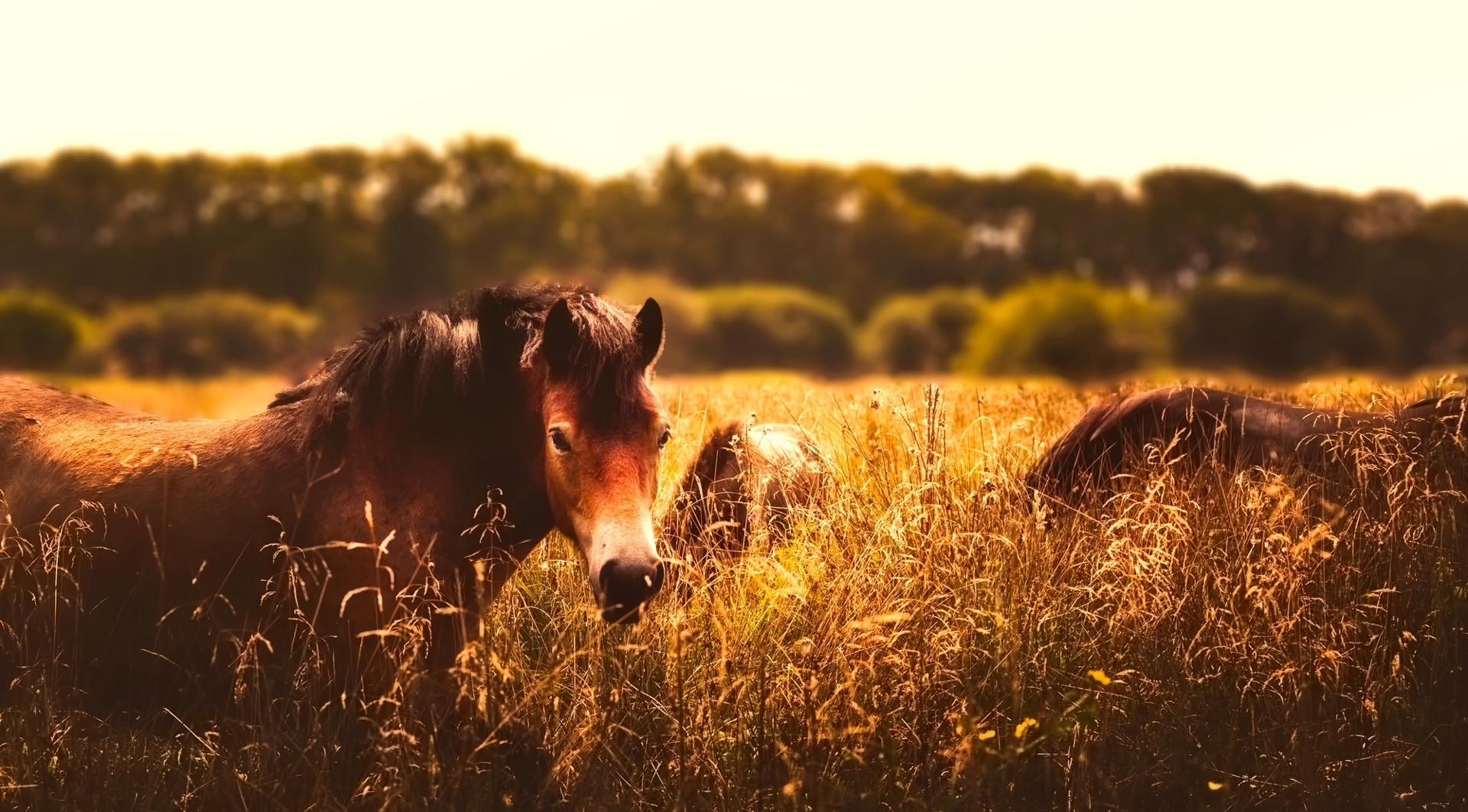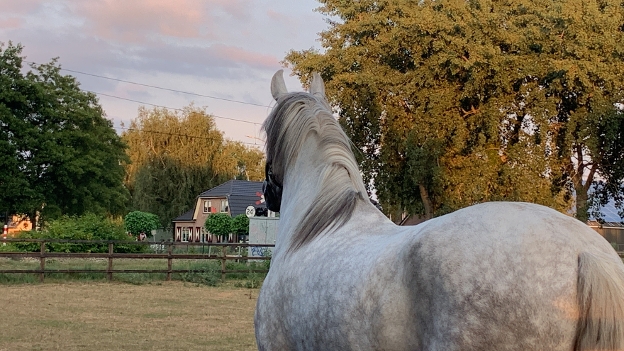Cookies
Van Hall Larenstein treats its customers' information with the utmost care and will never make this information available to third parties. Read more about us Privacy and Cookie Policy

The concept of sustainability has become fully embedded in society, not just in the Netherlands but in the Western world as a whole. According to the United Nations (1987), sustainability is defined as “development that meets the needs of the current generation without compromising the ability of future generations to meet their own needs”. For the equine sector, we can interpret this as meaning that what we do with our horses now doesn’t pose a threat to our sector in the future, and that it in fact will offer long-term protection to the way that horses are handled.
Our vision is for the equine sector to play a leading role in demonstrating what a symbiotic, harmonious and sustainable relationship between people, animals and nature could look like. The applied research group on Sustainable Equestrianism aims to build links between science and practice. Our mission is to develop applied and applicable knowledge based on scientific research, developed in collaboration with the sector and aimed at its needs. To achieve this, we work in partnership with national and international knowledge partners, equestrian sports associations, industry associations, public and government institutions, civil society organisations, entrepreneurs, clubs and, of course, equestrian athletes and horse owners. Our aim is to develop an integrated knowledge chain, and to ensure that partners are mutually supportive and that existing and future knowledge is effectively used and deployed.
The overarching objective of the applied research group is to improve our understanding of the transition to a sustainable and future-proof equine sector, focused on horses themselves, humans, their habitats and the wider natural environment. We do this by considering the various aspects of behaviour change: knowledge and skills, motivation, attitudes, thought paradigms, physical conditions, and social contexts. Based on this, we develop appropriate, applicable and substantiated transition pathways towards a more sustainable equine sector. These transition pathways are based on scientifically substantiated, practical and applied knowledge, while also drawing on validated models from the field of change and transition studies.
There are three overarching pillars of our work, with significant overlap and common ground.

1. Sustainable horse welfare and human behavioural psychology
A sustainable equine sector requires harmonious interaction between horses and humans, both on and off the saddle, with the welfare of horses a perennial priority. There is already a substantial existing body of knowledge in relation to horse welfare. However, this knowledge has often not been fully adopted in equine practice. If we are to sustainably ensure the health, welfare and safety of humans and animals, existing knowledge around the identification and assessment of welfare and behavioural issues in horses needs to be better adopted in equine practice.
That’s why our research line in 'Sustainable horse welfare and human behavioural psychology' focuses on how we can put into practice fully substantiated, scientific insights into horse welfare and human behavioural psychology.
Key questions
2. Sustainable business
There’s no equestrian sport without equine entrepreneurs! It’s thanks to the existence of about 10,000 equestrian sport businesses, 3,000 equestrian centres and associations, and all the entrepreneurs and service providers in the equine sector that our horses are housed and cared for, and that equestrian athletes can pursue their passion and take part in well-organised equestrian events. This all requires the various stakeholders in the sector to act in a responsible manner. It includes the relationships between employers and employees, between equine professionals and their customers, and of course the relationships between all horse owners. Finally, we can only achieve a sustainable equine sector that contributes to a sustainable world if its methods of production are sustainable.
That’s why our research line in 'Sustainable business' aims to make equine entrepreneurs more resilient, by focusing on practical solutions and smart change processes that will lead us towards a healthy, sustainable equine sector. It’s equally important to have high quality, energy neutral housing that meets the natural needs of horses and optimises their welfare, while also contributing to climate objectives.
Key questions
3. Sustainable environments for horses and humans
Environmental protection is becoming an integral part of Dutch social values and thereby essential for the equine sector. Previous research has shown that equine settings are very suitable for planting native species and making specific biodiversity improvements, for example by installing nesting boxes and sowing specific herb-rich grass mixtures that attract insects and butterflies, improve the soil and are healthy for horses.
This research line focuses on issues related to the contribution of the equine sector to the protection of natural resources, biodiversity, peri-urban settings, interactions with rural environments, and the natural integration of horses into the Dutch landscape.
Key questions
Some of the professor’s publications are listed below:
Books
Inga Wolframm has a Master’s degree in animal and human movement sciences, a PhD in equestrian sports psychology and has conducted international research in various aspects of equestrian sports. She previously worked as a head lecturer at Van Hall Larenstein before moving to the Royal Dutch Equestrian Federation (KNHS). Wolframm spent the past five years at the Faculty of Veterinary Medicine at Utrecht University, where she was responsible for delivering a wide range of projects aimed at improving the health and welfare of animals and humans, in collaboration with partners from the private sector and civil society.

If you have any questions about the applied research group, please email [email protected].